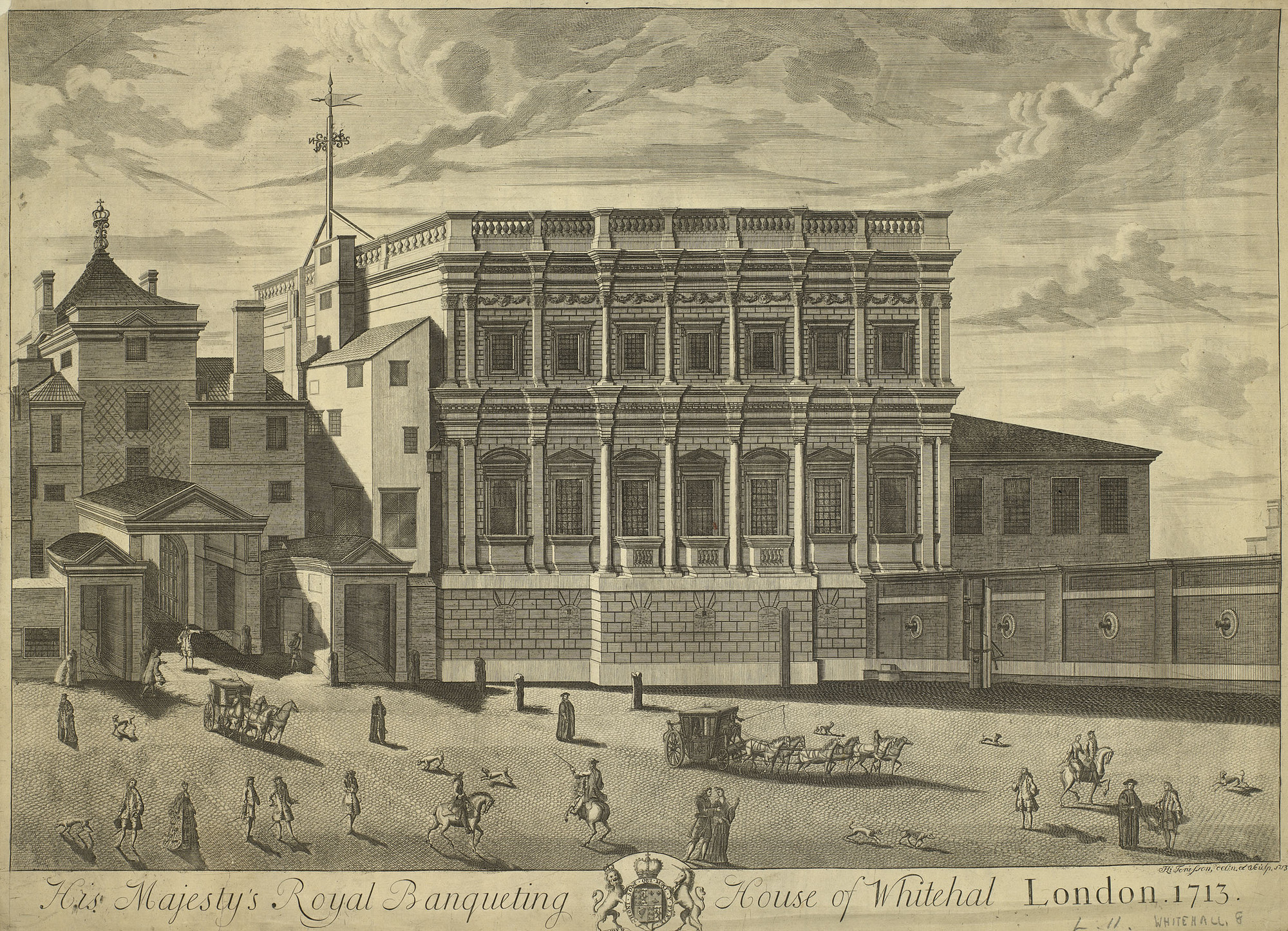Student Spotlight
Matthew Lloyd Roberts reflects on his doctoral thesis ‘Experiencing Classicism: Architectural Understanding in England, 1680–1750’:
My project is concerned with how people in seventeenth- and eighteenth-century Britain perceived and understood their built environment, especially concerning the emergence of new forms of architectural production in the classical language that dominated English towns and cities throughout this period. At its core lies the first-hand experience of architecture and discursive formulations that followed—which in turn shaped others’ experiences.
The project rests on a wide range of material. Firstly, newspapers and the periodical press, recently digitised, present a source for architectural description and discourse largely absent from previous histories. Secondly, various printed materials offer insightful or incidental descriptions or commentaries on architecture and cities: from the tourist guide, to essays in political arithmetick to the almanack. Thirdly, various published and unpublished diaries and travel accounts: Celia Fiennes, Daniel Defoe, Samuel Gale and other less well-known diarists, contain many architectural descriptions that illuminate contemporary thinking about architecture. Fourthly, archival material about legislative bodies responsible for new urban building projects: provincial fire courts, committee paperwork from commissioners appointed by parliament and legal documents. Fifthly, paintings, topographical engravings, maps, and other visual representations of the city.

'... my work focuses on certain flashpoints and moments that inaugurated new ways of thinking about architecture in this period.'
Reconstructing how people in the past experienced architecture is an inherently thorny problem. But by building a fuller picture of the discursive context in which understandings of the built environment were disseminated, this thesis, in part, seeks to explore the architectural ‘period eye’ in the first half of the eighteenth century. Thus, published descriptions of buildings and the city can be used both as evidence of the way that their writers and publishers thought about architecture but also as constitutive of a discursive cultural frame in which a newly imagined public was enmeshed in a general process of understanding the rapidly changing urban landscape.
To this end, my work focuses on certain flashpoints and moments that inaugurated new ways of thinking about architecture in this period. One of these flashpoints is urban fires. One of the most infamous events in Stuart England was the Great Fire of London of 1666 and the dramatic project to rebuild the city which followed. My work takes a series of much smaller, less renowned fires across provincial England in the following decades, in Northampton, Warwick and Blandford Forum, for example, as another lens through which to understand how orderly and ‘regular’ (i.e. classical) forms of architectural production were disseminated and understood through legislation; the proceedings of Fire Courts; deeds of conveyance and legal documentation; polemic accounts by dissenting preachers and through travel diaries of visitors to these towns.
Another flashpoint I am interested in is the construction of new churches, particularly on the ragged suburban fringe of London. In 1710, the new Tory majority in the House of Commons passed the New Churches in London and Westminster Act. The act appropriated the proceeds of an import duty that had funded the rebuilding of London after the fire and used it to fund a new wave of church-building to secure the predominance of Anglicanism against religious non-conformism and dissent. My work newly considers how these churches were perceived by the communities on which they were imposed by tracing coverage of the building process in the press. Furthermore, by interpreting the ritual patterns of cornerstone-laying ceremonies and consecration sermons, we can understand them as attempts to control and convey the meaning of new architecture within the city’s fabric.

Elsewhere my work engages with various ways of conceiving the city. I have been writing on the growth of a comparative way of looking, whereby the successes and failures of urban development are primarily understood in comparison to other cities: London found wanting compared to Paris, Turin, Rome or Vienna. I trace this discourse through the public press and various printed material from the period. This way of looking has deep ramifications for how we conceptualise the emergence of classicism as the predominant vernacular form of architecture in the context of hotly contested politics of national identity in the long eighteenth century.
The process of classicisation also engendered a new othering of gothic and medieval fabric as distinct from the contemporary city. The project is concerned with the way that notions of taste, architectural value and aesthetic successes were conceptualised through a range of different discourses. The work is grounded in a wealth of material from recently digitised periodicals of the period, alongside new archival discoveries. By conceptualising the reception of the built environment as expressed in the burgeoning culture of literary magazines and newsprints we can reconstitute a richer and deeper context to understand this period’s unique contributions to architecture.
Matthew Lloyd Roberts
18 July 2023



